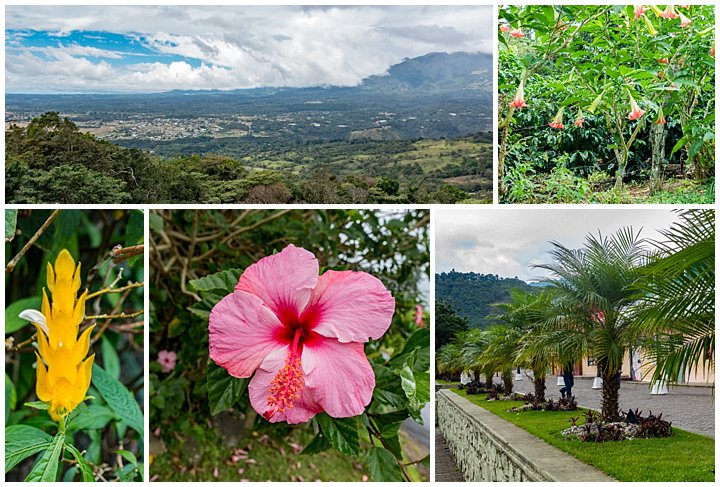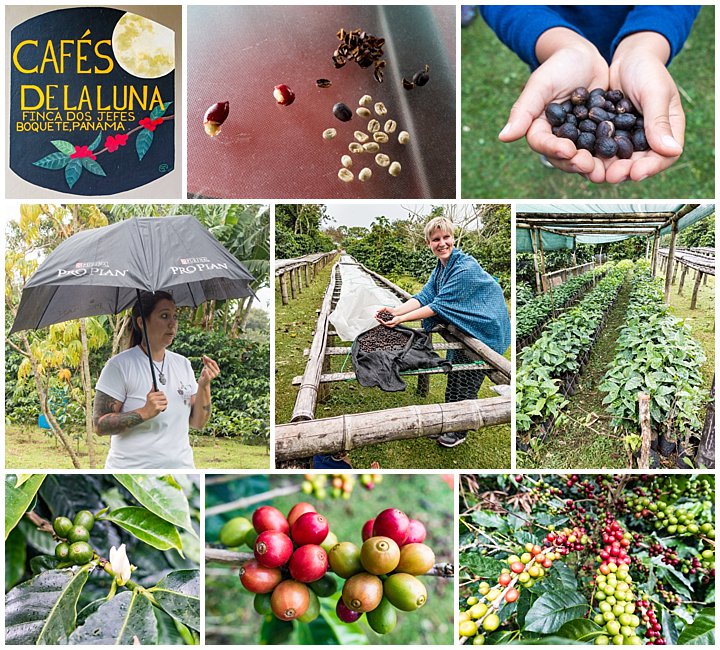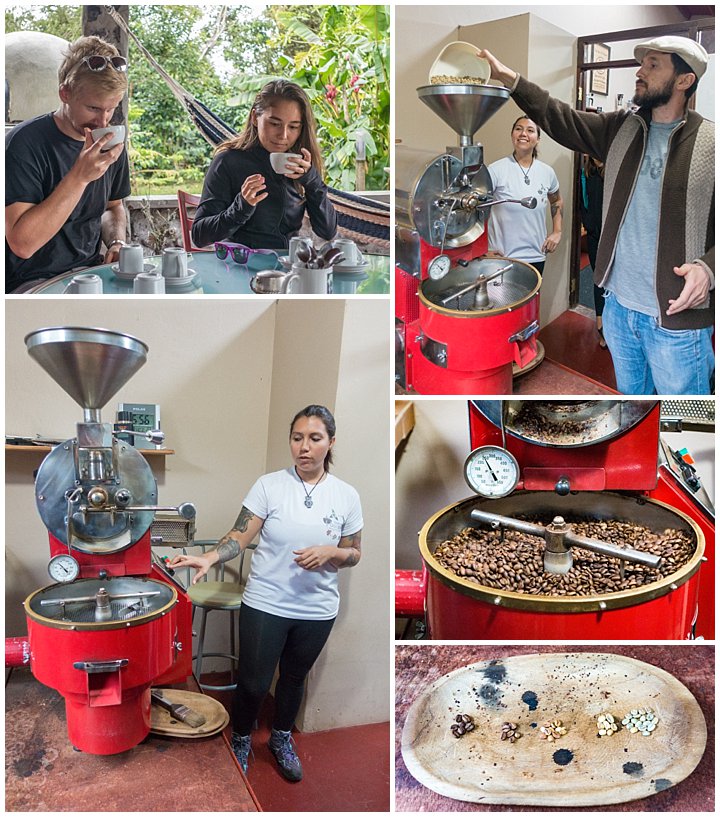
Our first night in Panama was spent in Panama City, where it was so humid that we felt we were walking into a steam oven. We’ll come back to the city in a few days.
The next morning we rented a car to drive to Boquete, about 200 miles to the West, at a higher elevation and (so we were told) more pleasant weather. The drive was expected to take between 4 and 6 hours. Hah! It took 3 hours just to cross Panama City, at an average speed of 4 mph (according to our in-dash computer). We didn’t arrive at our Boquete boutique hotel until 10PM — 10 hours after we had started.
The next morning, we drove around the Boquete area. We’re told that Boquete is where many expats move to in Panama. Immediately, we noticed it was cooler and very pleasant — unlike the hot and muggy Panama City. As we drove around, we felt like we were in one huge, manicured garden, with exotic flowers lining most of the rural roads surrounding the town, with wonderful scenic vistas of the valley below.
In the afternoon, we took a “coffee tour” at Dos Jeffes (“Two bosses” in Spanish — the husband and wife…). The owners came from Berkeley, California (our “home town” too), to retire in Panama. When the husband got bored, his wife insisted he find a hobby, and the result was a small, fully organic coffee farm that produces between 6000 and 10,000 pounds of premium coffee each year. Amy, our tour guide, seemed to know everything there is to know about growing and producing coffee, and loved to talk about it. We learned more about coffee on this tour than on all the other such tours we have taken around the world combined. Fascinating and excellent tour, and highly recommended if you have any interest in learning about organic coffee production at higher altitudes.
After walking the farm, and learning about how to grow the coffee, Amy walked us through the roasting process, and let us taste their medium and dark roasts, while explaining the difference. We were told that the darker roast coffee is what most Americans are accustomed to, because darker roasts burn off and hide many of the defects in blended mixes of beans.
In coffee tasting competition, the light and medium roasts are used to judge quality.
Many production coffee chains cannot find enough beans from any one farm, so have to blend beans from many sources, often from many different countries, then roast them until burnt. They then market their coffees with mixes of milk and other flavoring, to hide the burned taste. (Consider that next time you look at the menu board in Starbucks and wonder why you can’t just buy a simple black cup of coffee there…)
Coffee Roasting from Burt Johnson on Vimeo.
